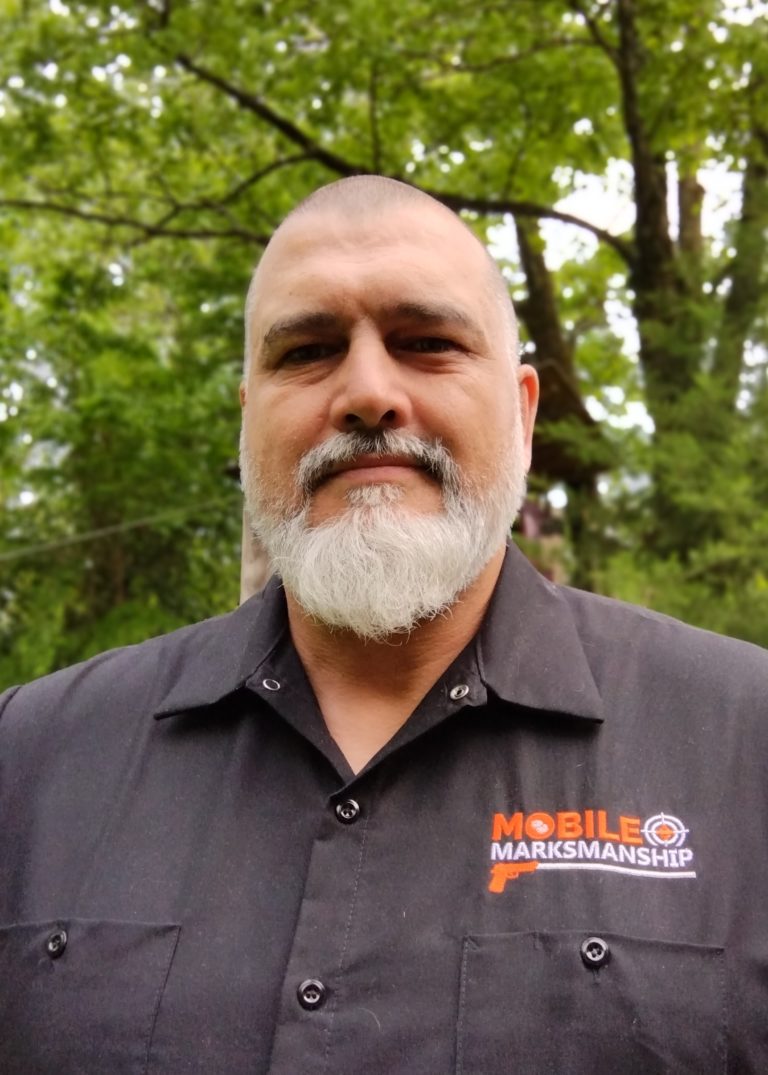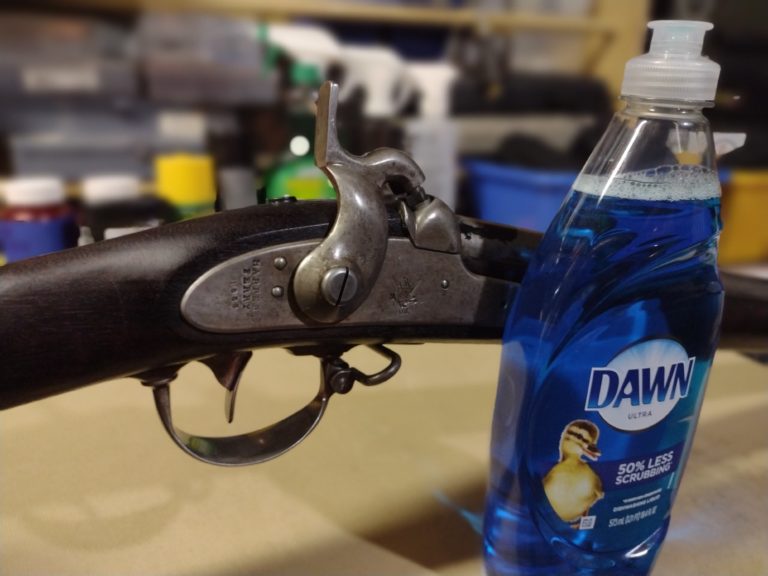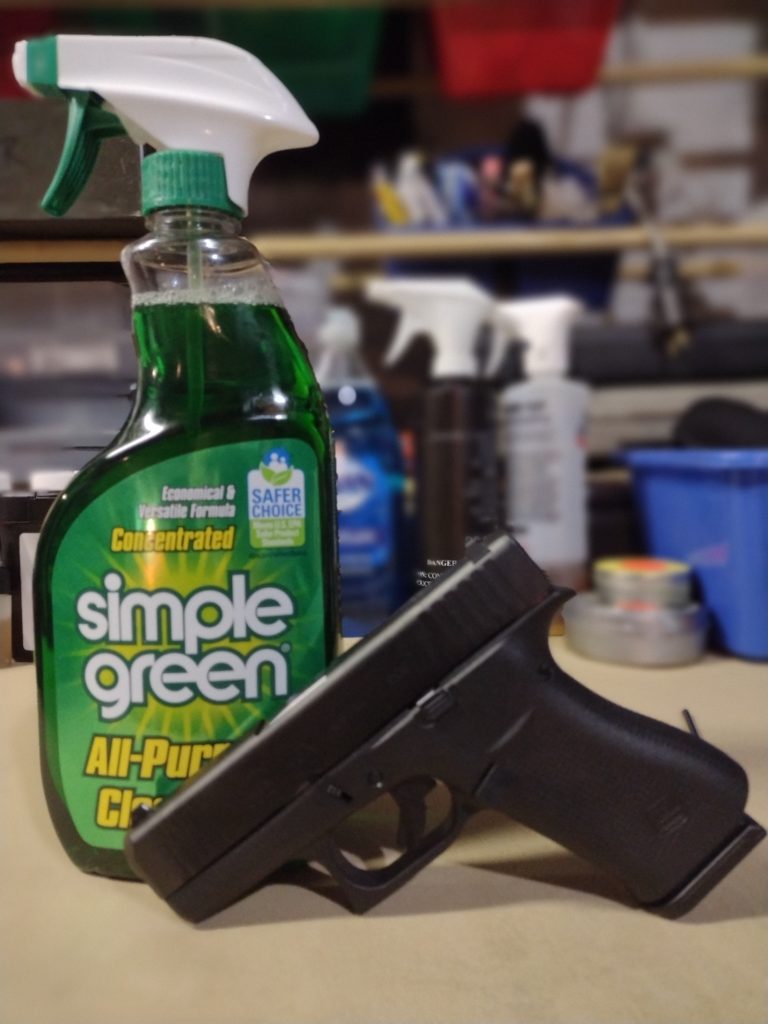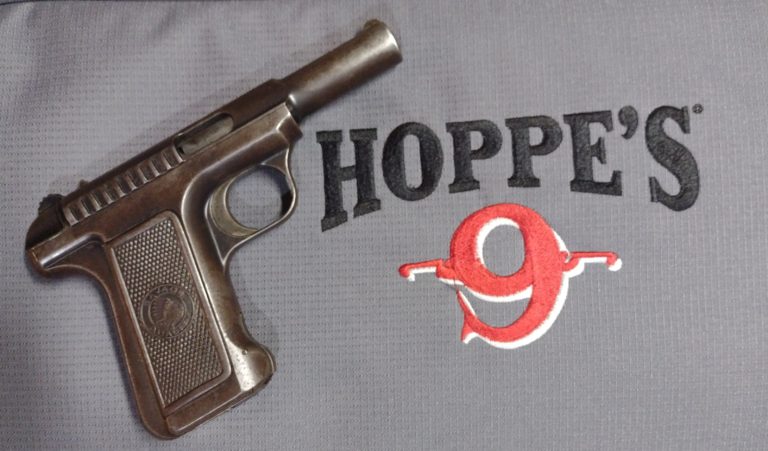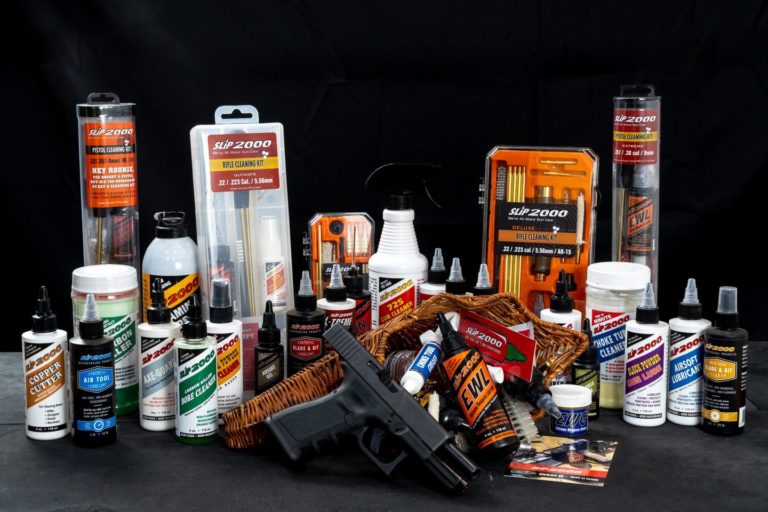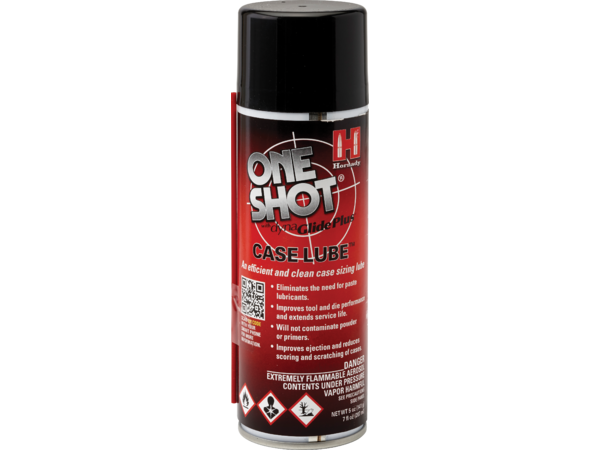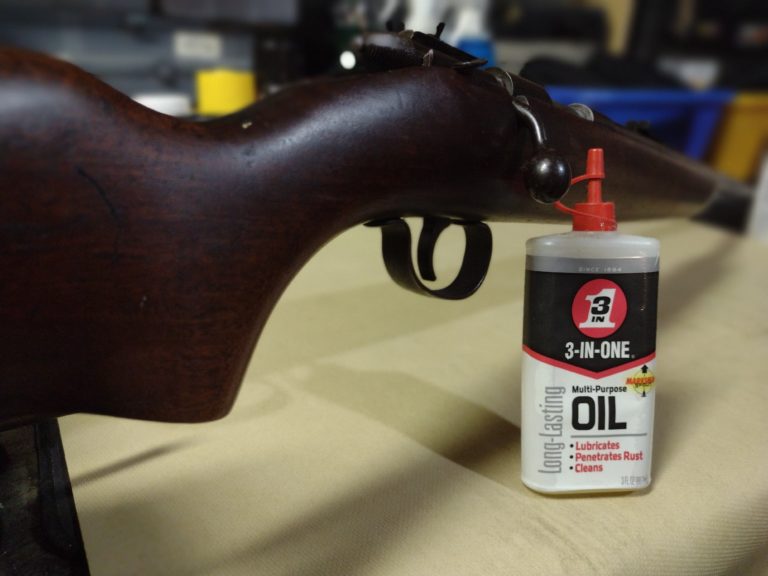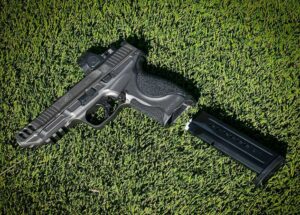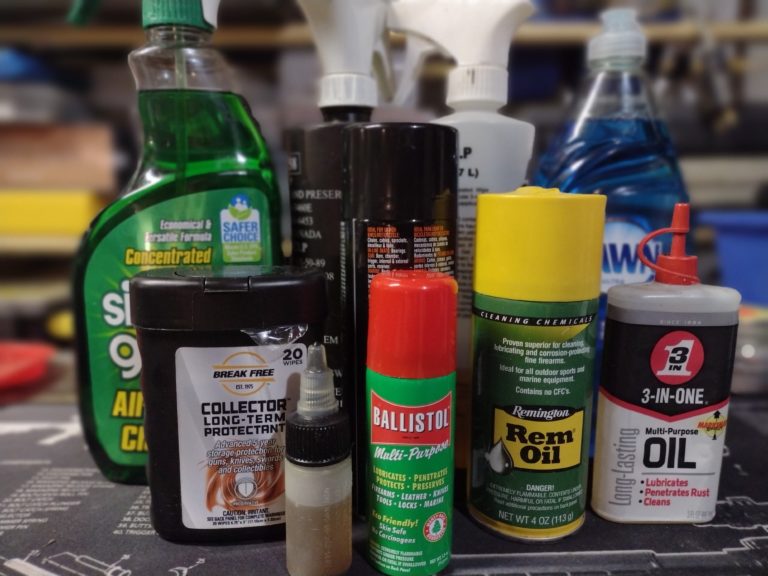
May 11, 2022
10 Solvents You Should Know About
By Earl Roberts
If you do an internet search, browse YouTube, or flip through your favorite gun magazine, you’re likely going to find a top-ten list of best gun oils. Likewise, there is no scarcity of comparison videos and articles pitting one product against another; ultimately telling you which cleaner, lubricant, preservative, or oil you should be using on your gun. And I can only imagine what kind of answers you would get if you went to your local gun range and asked everyone what they personally use to clean their gun (assuming here that everyone on the range is actually maintaining their firearm). At the age of five, on a small farm in Western North Carolina, my father introduced 3-In-One oil to me right after I took my first shots with a .22 caliber Remington TargetMaster; and that was my go-to solvent for cleaning my rifles and shotguns all the way up until I stepped foot onto Parris Island, South Carolina, where I was introduced to military issued CLP (cleaner, lubricant, and preservative). That CLP was great, but later on I remember being a young Lance Corporal, just back from a long week in the field, scrubbing away at weapons maintenance on a Friday afternoon and watching my friends try everything from shaving cream to automobile brake cleaner in order to pass inspection. Now up to this point, I knew there were two appropriate products to use on my guns, the 3-In-One oil my father introduced to me and the MIL-SPEC CLP my uncle Sam introduced to me; but at that point, it was becoming clear that there was more than one way to skin a cat – some good, some not so much.
Before I go any further, lets clarify what I mean by solvent. The word solvent is defined as a solution, usually liquid, that is capable of dissolving, dispersing, and/or eliminating other unwanted substances. So basically, were looking at cleaners here, although some of these products may also provide additional properties such as lubricating and coating or sealing. And, as the title says, I am going to list 10 solvents that I think you should know about. These are not ranked in any order; I am not saying one product is better than another. I think you should have all of these products on your shelf and, like your other gunsmithing tools, use them as appropriate.
Dawn Dish Soap. That’s right, soapy water made with Dawn dish soap; and for almost all cases, warm or hot soapy water is preferred over cold soapy water. Dawn is advertised as a gentle product that’s tough on grease; so, if you are trying to clear out black powder residue or particulates left behind after shooting corrosive ammo, you might want to begin with a 10-minute soak in some hot water and Dawn. Just make sure to rinse and dry your gun afterwards, then apply lubricant as necessary and add a protectant coat to all metal parts. You probably have some in the kitchen already, but if you need to pick up a bottle just for your shop, this stuff is not hard to find…just go to your closest store and it’s probably on the shelf. Dawn doesn’t specifically mention that their product can be used to clean firearms, but you can check out their website for tips on cleaning hand tools.
Simple Green All Purpose Cleaner. Simple Green is another relatively safe household product that also works very well on firearms. If you’ve taken some AGI courses such as the Armorer’s Course for Glock Pistols, then you’ve seen/heard Master Gunsmith Ken Brooks use Simple Green to clean both polymer and metal parts of a gun. Just spay down the parts, let them soak for about 2 minutes, scrub with an all-purpose brush, rinse in warm water, dry them, then lubricate and oil as necessary. Simple Green can be found at most department stores, hardware stores, or purchased online.
This is the stuff the military introduced me to, it is the first CLP to pass the US Military’s MIL-PRF-63460 requirements. When owner’s manuals and spec sheets say to “use your favorite gun solvent”, this is what I reach for. This synthetic solvent serves as a cleaning agent, a lubricating agent, a preservative, and a water displacer; plus, you can use it to help loosen any stuck parts. There is a reason why militaries, law enforcement agencies, and firearms professionals all over the world use Break Free CLP. Pick up a bottle at your local gun store or online. Break Free is a product of Safariland, LLC (I know you’ve heard that name before)
4. Ballistol
Another multipurpose solvent that cleans, lubricates, and protects your firearms; and as a bonus, this one is also great to use on leather, wood, plastic, and just about anything else. Ballistol, which takes the letters BALLIST from the word ballistic and the letters OL from the word oleum (Latin for oil), was designed for the German military well over a century ago. This “ballistic oil” is perfect for all types of firearms, but it’s about all I see when I go to muzzleloader and black powder competitions as it does an outstanding job of neutralizing and dissolving the black powder residue. You can find Ballistol at your favorite gun store or you can order from their official website (where you can also find some other cool stuff like a green Ballistol tee-shirt)
Yet another cleaner, lubricator, and preserver that’s been on the market for over a hundred years and is worthy of a spot on your shelf. Rem Oil seems to be pretty popular with shotgunners, especially those with break/hinge-action guns. Rem Oil contains Teflon, which creates a kind of lubricating film that reduces metal to metal friction and wear. Most trap & skeet ranges will carry Rem Oil or you can purchase it from Remington’s webpage
For those hunters who take the time to eliminate all orders from their person, clothing, and gear – this is the gun oil for you! Lucas Gun oil is specifically designed for hunting firearms. It’s an all-weather, all-environment, odorless solvent that provides an added layer of lubrication to help prevent jamming and overheating. As a protectant, it is designed to neutralize acids from fingerprints and seal the metal to keep out mist, rain, snow, sweat, humidity, etc. Depending on where you live, this one might be a bit harder to find, ordering on Amazon may be your best bet.
Back in 1903, Mr. Hoppe mixed nine chemicals together to create the now world-famous Hoppes No.9. The bore cleaner is arguably the most popular bore solvent in the world. This stuff works wonders at removing carbon, powder, and lead fouling. After cleaning the bore, treat it with the lubricating oil, which is designed to give long lasting protection without hardening or gumming-up. I like to use this combination on some of my older guns that don’t make it to the range that often. Hoppes is usually in stock at most gun friendly stores, you can also order directly from the company.
Designed for the M249 Squad Automatic Weapon (SAW) Light Machine Gun, this all-climate CLP is perfect for your heavier, larger-capacity, faster guns that may become susceptible to heat and friction. It’s been many years since I’ve fired a SAW, but I do keep some of this on-hand for those rapid-fire days with the AR.
You reloaders out there probably already have this on your shelf. Designed to remove grit, gunk, grease, oil, and lead from casings while leaving behind a dry lubricant that also helps condition metal, it’s no wonder why people have now started using this to clean, lubricate, condition, and protect their firearms as well. Pick up a can where reloading supplies are sold or check out Hornady’s website.
Well, it all started here, at least for me, so why not end here. 3-in-One oil has been around probably longer than any other solvent on this list, and at one time, it was specifically marketed to shooters and sportsmen. Lately, it has become more of a middle-of-the -road solvent for firearms, it does the job but maybe not as well as others; but then again, its price tag doesn’t match the others either. I guess I use this more so for the nostalgia, I pull out the Remington TargetMaster from time to time (yep, I still have it), and after shooting some cans, I’ll clean it up with some 3-In-One.
Earl Roberts is the Owner-Operator and Chief Instructor of Mobile Marksmanship LLC, a Firearms & Safety Training Company located in Northern Virginia. Earl is a retired Marine, former private security professional, and an Emergency Medical Technician with a degree in Firearms Technology and multiple armorer certifications. His instructor credentials include NRA Rifle, Pistol, and Shotgun, National Sporting Clays Association Certified Shotgun Instructor, CCW Instructor, Range Safety Officer, Active Shooter Mitigation & Response Instructor, Crime Prevention & Personal Protection Instructor, Trauma First Aid Instructor, and CPR/AED Instructor. When not teaching, Earl can be found competing with shotguns, pistols, small-bore rifles, and/or muzzleloaders…and occasionally writing gun related articles.
